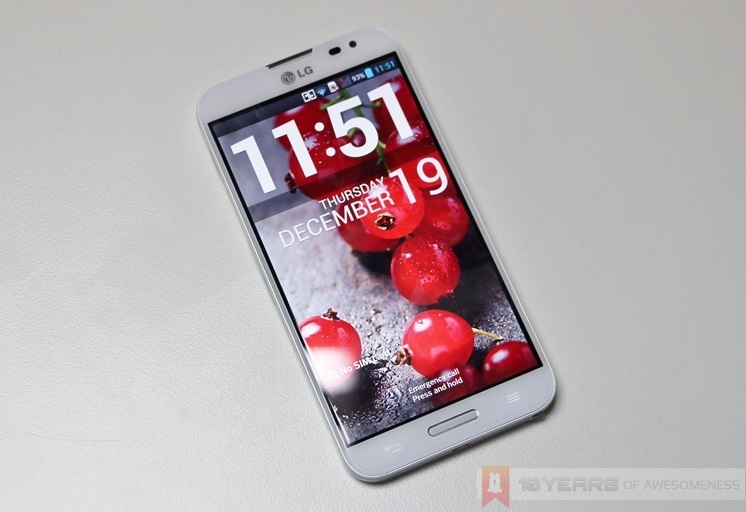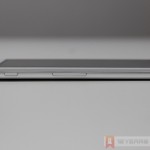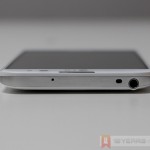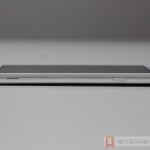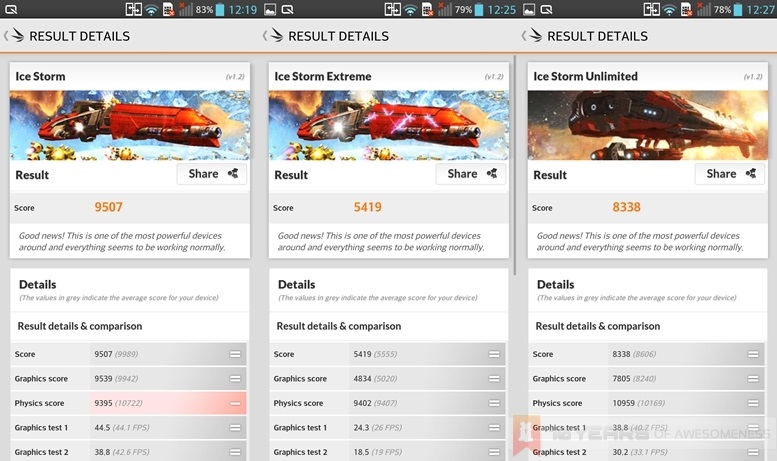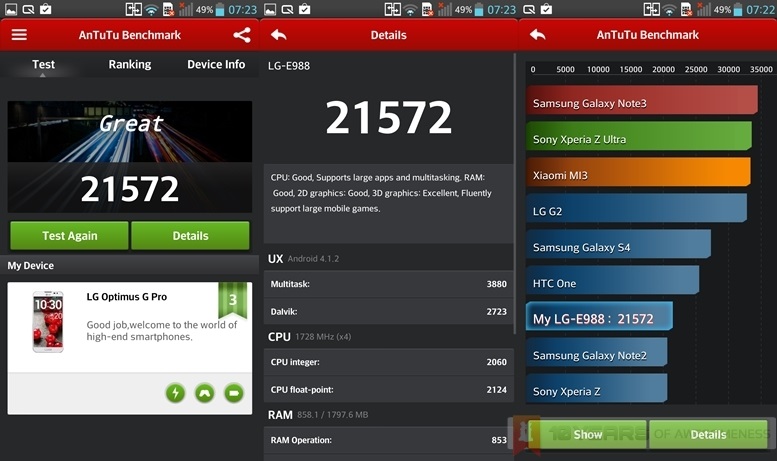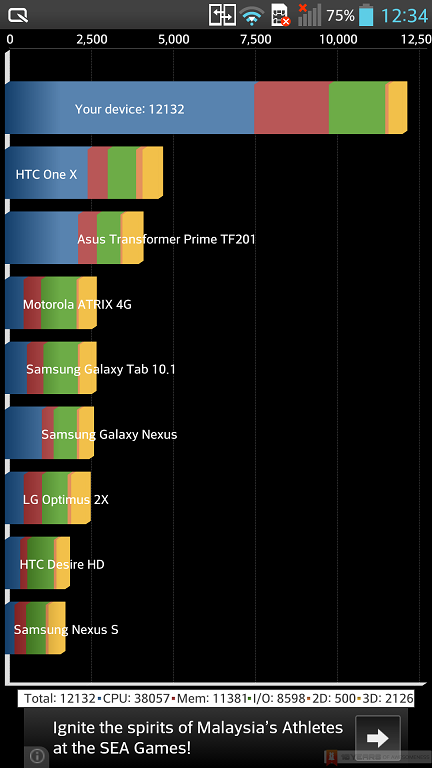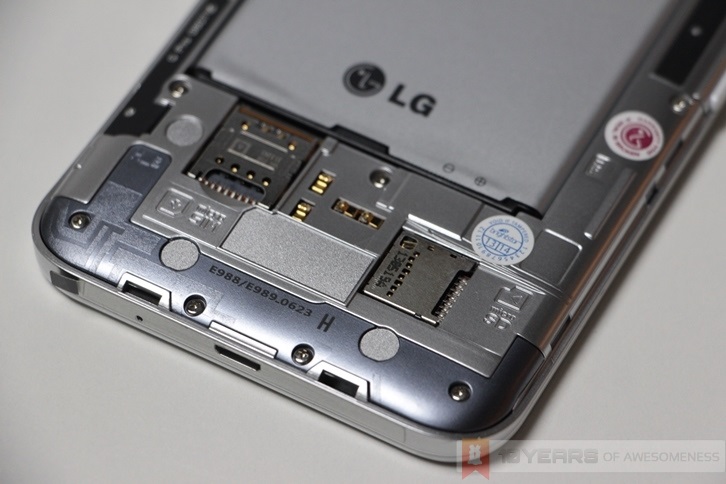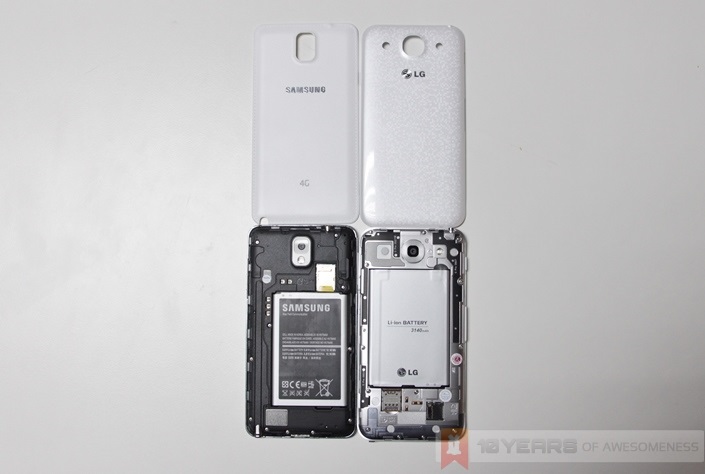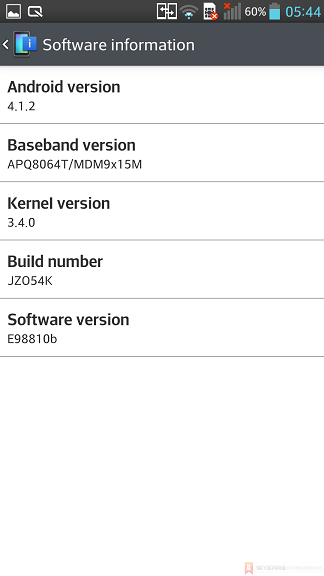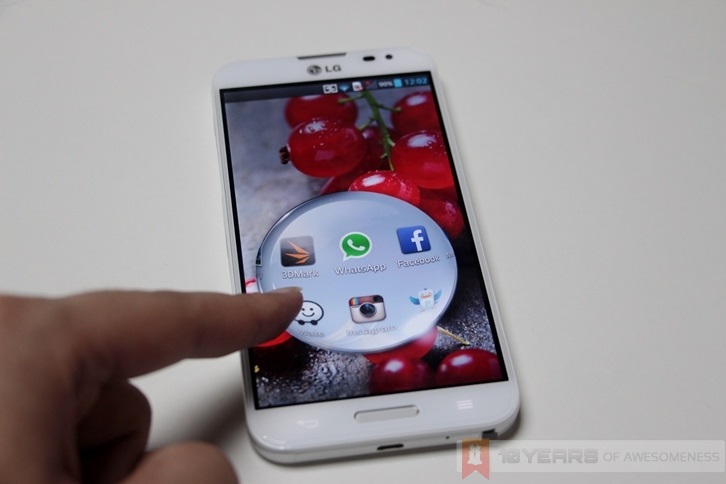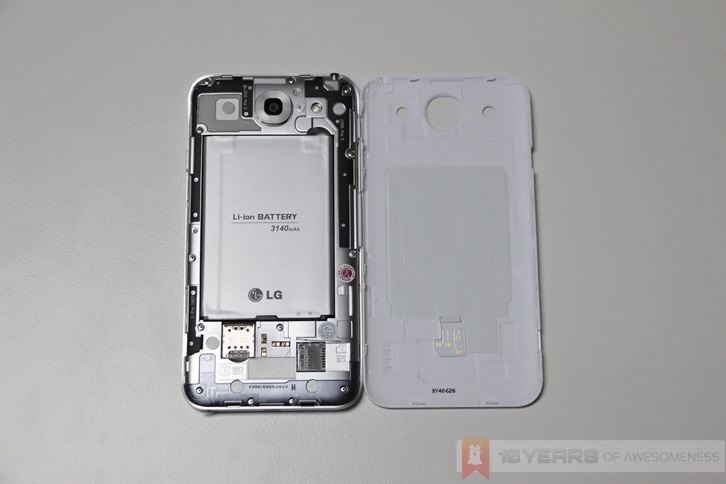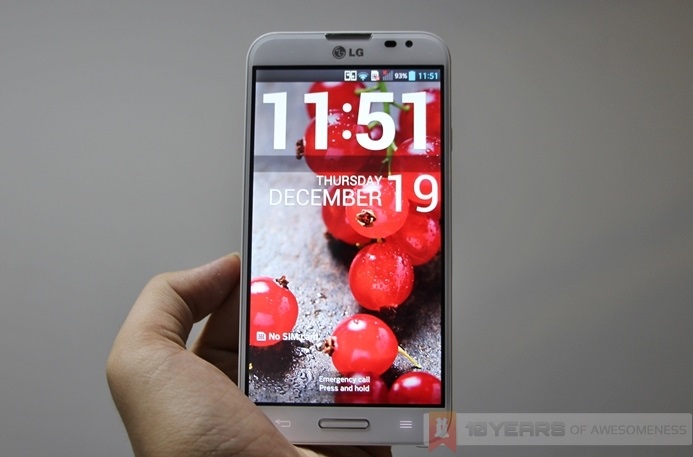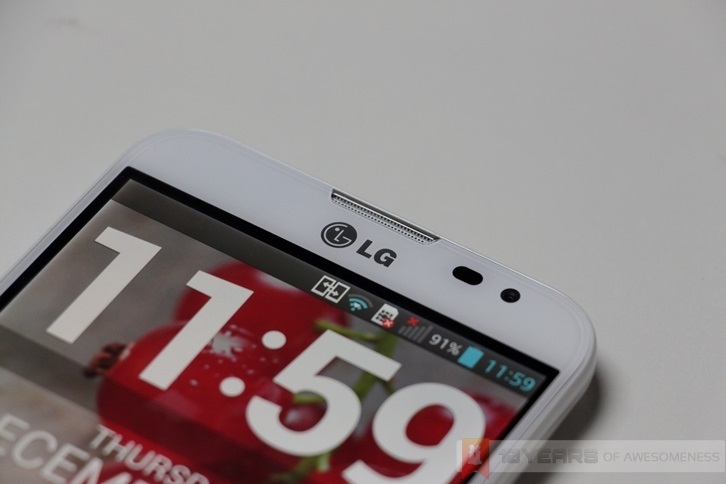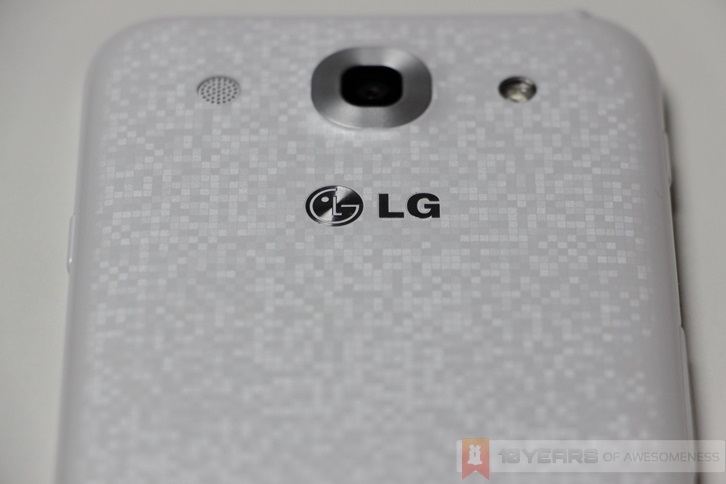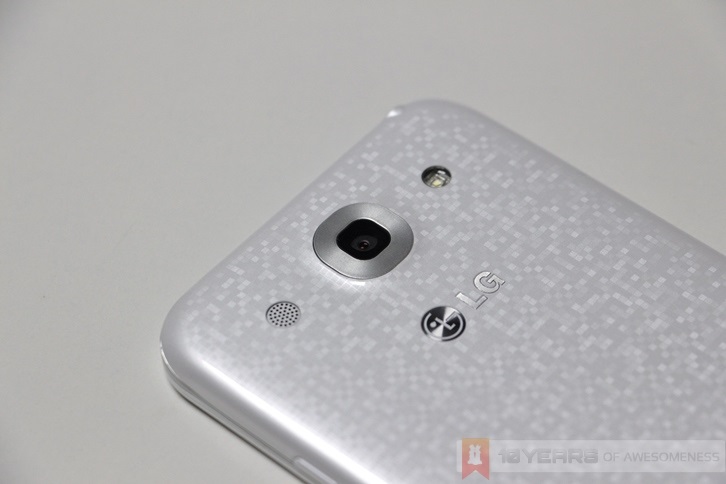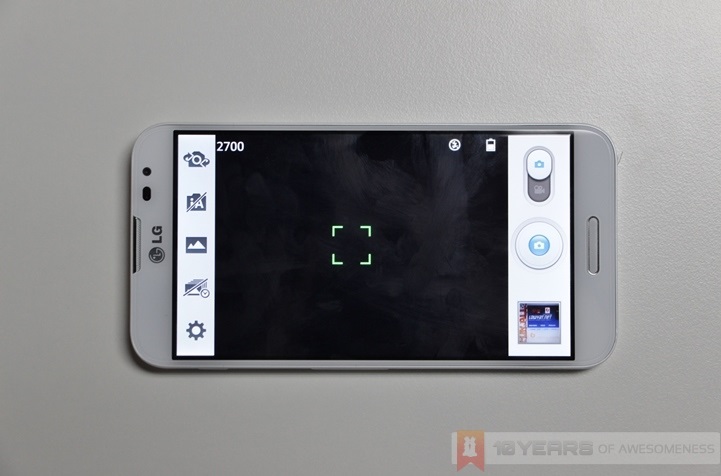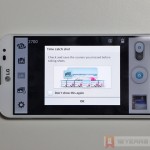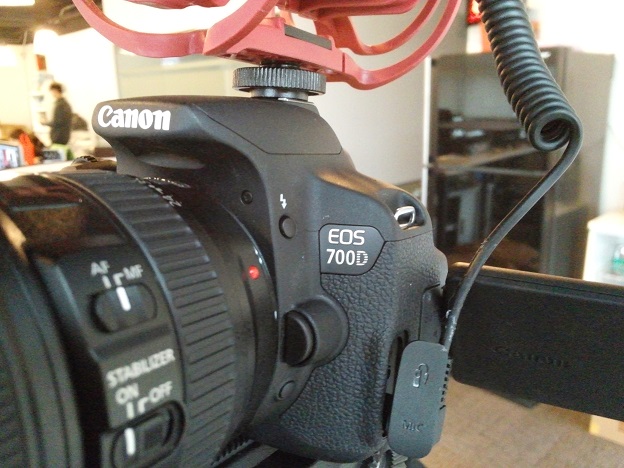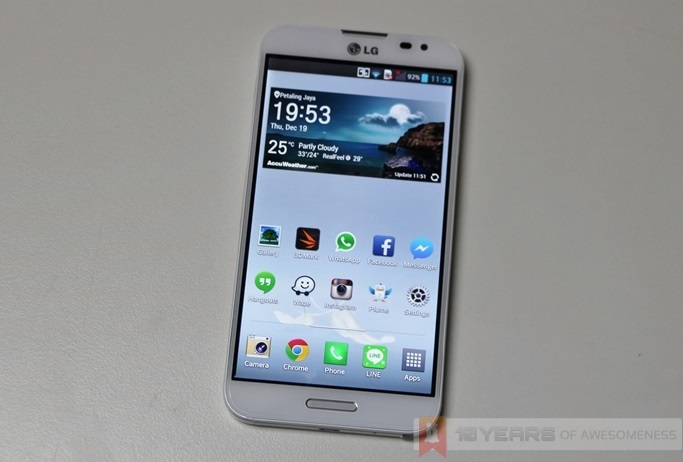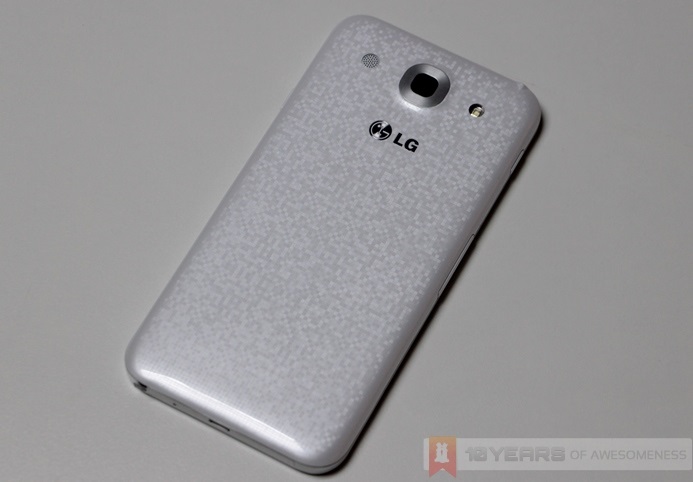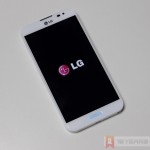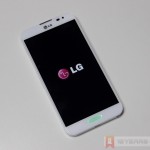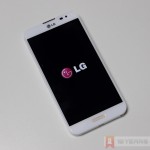Before the LG G2, there was the LG Optimus G. Announced sometime last year, it was better known as the blueprint of Google’s Nexus 4 smartphone, which was one of the best smartphones of 2012. Clearly, LG wasn’t going to rest on its laurels, and at MWC 2013 the company announced the Optimus G Pro, which was then one of the first Android smartphones to pack the powerful Qualcomm Snapdragon 600 chipset.
LG Malaysia then finally announced the local availability of its new flagship, and offered an attractive retail price of only RM1888 for the Optimus G Pro, especially when it is often compared to the Samsung Galaxy Note II. Even now, with the new flagship G2 nowhere to be found in Malaysia, the Optimus G Pro still packs some impressive hardware. Sure, the much newer Galaxy Note 3 may have eclipsed it, but is the Optimus G Pro still a good option for those on a lower budget?
Review continues after the jump.
First Impressions:

The LG Optimus G Pro bears more than a striking resemblance to its primary competitor, the Samsung Galaxy Note II. There, I’ve said it. It’s the very first thing almost everyone asks me when I whip out the Optimus G Pro, and they subsequently get confused with the LG branding. And who can blame them? The G Pro sports a similarly glossy plastic back cover, has a similar one physical, two capacitative navigational buttons in front, and feels just as plasticky all around as Samsung’s second-generation phablet.
To be fair, the Optimus G Pro is not completely ripping off the Note II’s outer shell. It’s slightly narrower so it fits better in the hand (as far as phablets go), and the back cover mimics the unique back plate pattern from the Optimus G and Nexus 4 – though choosing plastic over glass does cheapen the experience somewhat. It also generally feels more solid compared to its other Korean rival.
Benchmarks
Hardware
As a whole, the Optimus G Pro ticks all the right boxes when it comes to its choice of hardware. It screamed “premium high-end” back when it was announced at MWC, and now the hardware set is still one that is above every mid-range Android smartphone.
Snap out the back cover, and it becomes clearer why the Optimus G Pro felt so solid in the first place: the inner chassis is made almost entirely from metal, and it almost looks better than the plastic block covering it. This is a product proudly made in Korea, and the build quality of the device is really good.
But LG’s problem has never been about the hardware.
Software
Here lies LG’s Achilles’ Heel: software. Nine months on since the Optimus G Pro was announced to the world, it is still running on Android 4.1.2. Just yesterday, we heard that Samsung had begun rolling out OTA updates for its Galaxy Note II to breathe new, Android 4.3-flavoured life into the year-old smartphone.
That’s not the only issue here. I’m not particular when it comes to using the very latest version of Android; if the software is stable and optimized, I’d prefer it even if it is a slightly older version of Android. What bugs me with LG’s Optimus UI skin is just how…kiddy it is as a whole. I’m struggling to find the right word to describe it, but “kiddy” seems fitting. Optimus UI tries to emulate – for whatever unknown reason – Touchwiz, especially with its audio design; you’ll notice a similar “bloop bloop” sound when you unlock the phone, coupled with a very similar water-ripple animation, and don’t even get me started on the pull-down notification drawer. The choice of fonts and colour scheme, too, just feels like they were made to appeal to children.
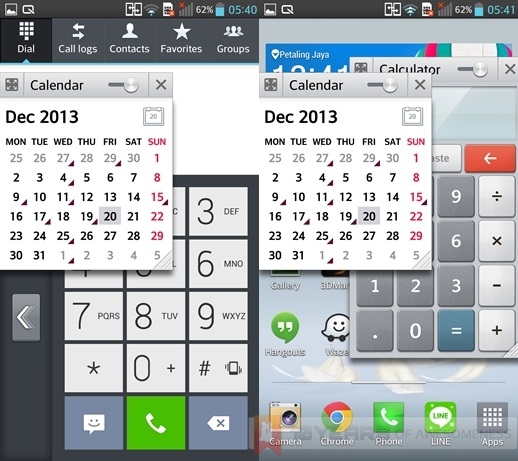 LG’s QSlide Apps lets users open up to two additional apps…
LG’s QSlide Apps lets users open up to two additional apps…
 ...where users can even set the transparency of the QSlide app.
...where users can even set the transparency of the QSlide app.
Perhaps I have been spoiled with stock Android’s clean and minimalist approach, but LG could have done a lot better with its UI design. It’s not like they didn’t have any good ideas, either: the QSlide apps pop up on top of full-sized apps in a similar manner to Sony’s Tiny Apps, and even the newer Multi-Window feature on the Galaxy Note 3. There’s even a physical QuickButton on the left side of the device which can be configured to open virtually any app; as well as a comprehensive set of developer options. There is barely any hints of lag throughout my use of the device, too, though it can get a little warm when put through its paces.
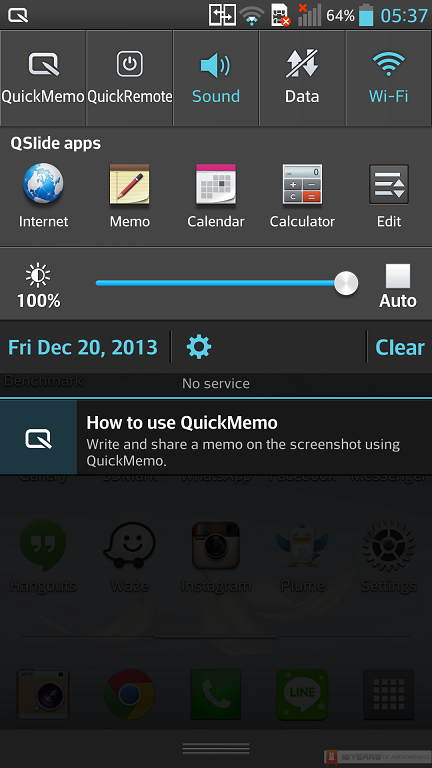 Notification pull-down drawer…that houses too many features
Notification pull-down drawer…that houses too many features
Battery Life
The LG Optimus G Pro packs a 3140mAh removable Li-ion battery, and it feels refreshing to say that the battery life on this Android smartphone is actually pretty impressive. Unlike the Galaxy Note 3 and it’s 3200mAh battery that barely lasts a day, I comfortably managed a full day’s worth of use on the G Pro and ended the night with about 15-20% of battery to spare. Enable power saver mode and you’ll probably eke out another half day’s worth of battery life on the G Pro.
Display
When a device’s tech specs show that the display is “made by LG Display”, you know you’re in for a treat. LG Display produces some of the best screen technologies in the market, and they’re not limited to just smartphone displays either: LG will be showing off a massive 105-inch curved OLED 4K TV at next month’s CES 2014 trade show, a testament to the company’s prowess.
The display is one of the aspects I liked the most with the Optimus G Pro: the colour reproductions are more natural compared to the overly-saturated hues of Super AMOLED screens, but not too subdued such as the one on the Sony Xperia Z1; it’s a fine balance which I personally feel LG got right with the 5.5-inch Full HD IPS display on the G Pro.
Audio
There’s a single mono speaker located next to the G Pro’s camera module at the back, but don’t let that deceive you. Audio output on the Optimus G Pro is sufficiently loud enough to fill a small conference room, and in a good way. The placement of the device also means it is almost impossible to muffle the speakers when watching a video or playing games in landscape mode.
Then again, if you have been spoiled by the majestic audio prowess of HTC’s BoomSound speakers on the HTC One and HTC One Max, the audio quality on the Optimus G Pro will unlikely be up to par; then again, not every smartphone places as much emphasis on audio quality as HTC does.
Camera
In general, the LG Optimus G Pro’s 13MP camera is consistent…ly disappointing. As usual, images captured under bright daylight come out very nicely, but under anything other than optimum lighting conditions, the G Pro’s camera sensor struggles quite a little.
Even under fluorescent lighting, the 13MP sensor struggles to capture detail and most of the time, captured images come out a little too soft which may be due to an overly aggressive camera software.
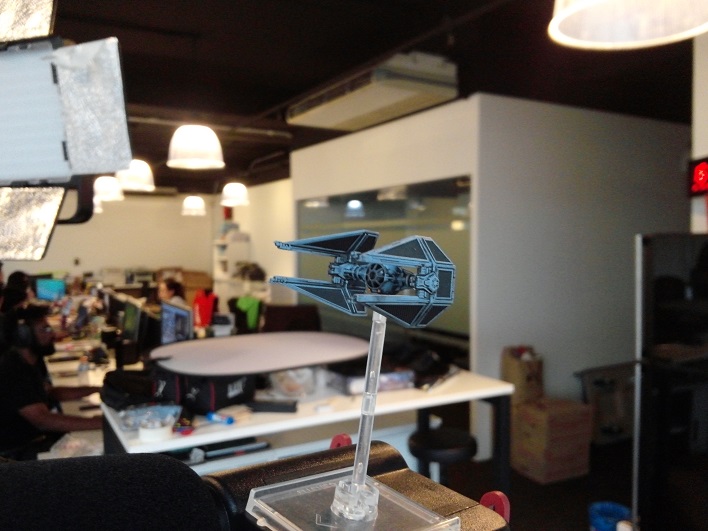 Click for full-res image
Click for full-res image
The camera also comes packed with various camera features, such as HDR, Time Catch Shot (which captures images before and after the shutter button is pressed), VR Panorama (an almost exact replica of Android’s Photo Sphere), Beauty Shot and Dual Capture.
Conclusion
On paper, the LG Optimus G Pro represents one of the best value-for-money propositions for a high-end Android smartphone. The hardware set is good, the build quality is superb (despite the glossy plastic body), and the price is pretty palatable. Yet, I find it tough to recommend this device to anyone. There’s something about this Optimus G Pro that makes me feel they’re simply not trying hard enough.
With the outer design, LG inexplicably replicates the Galaxy Note II’s design almost like-for-like, and its Optimus UI also feature plenty of “nature inspired” elements found on TouchWiz. I’d rather not be pointing fingers as to who copied whom, but using the Optimus G Pro I just got the impression that LG weren’t confident enough to stand out with its own feature set for Android that it had to “borrow” elements from its more successful competitor.
And if the company who made the device aren’t even confident in its own product, how can it expect consumers to feel for LG’s smartphones? Plus, I had only briefly mentioned of the lack of software updates provided by LG, which is one of the biggest gripes consumers have with LG’s Android smartphones.
The company must learn that to move ahead of the competition, it cannot always be replicating what the competition is doing. The Optimus G Pro, and even its newer products such as the G2, are all impressive devices…but they’re not great devices. LG just needs to figure out how to stop playing it safe.
Follow us on Instagram, Facebook, Twitter or Telegram for more updates and breaking news.


